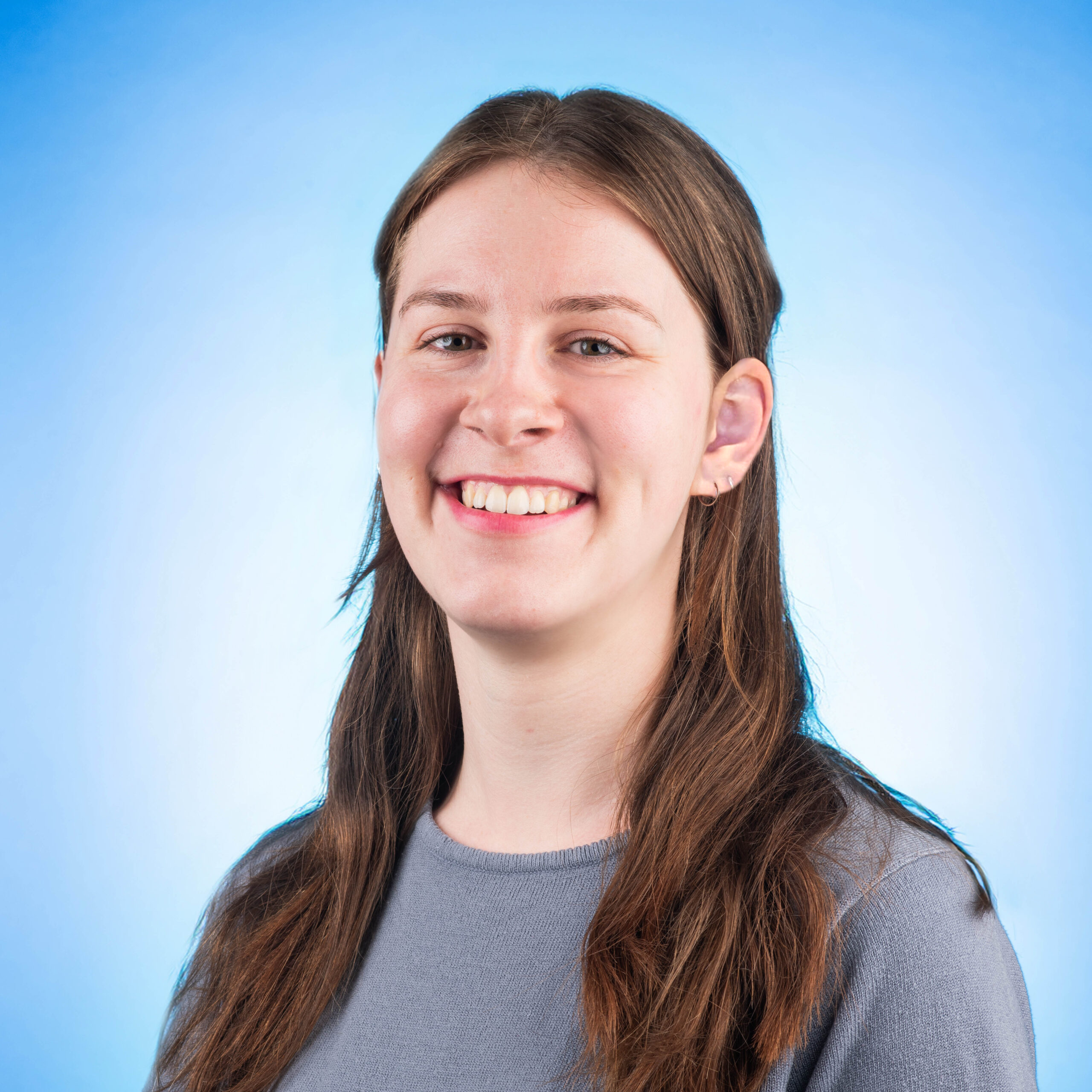Bring your geodata to life in 3D. In this hands-on course, you’ll learn how to create stunning terrain models using QGIS and Blender – step by step. No prior experience required. Just free, open-source software and immediate, visual results.
All of QGIS
Bring your geodata to life in 3D. In this hands-on course, you’ll learn how to create stunning terrain models using QGIS and Blender – step by step. No prior experience required. Just free, open-source software and immediate, visual results.
Want to do more than just understand geographic data – and actually bring it to life? In this course, you’ll learn how to turn geodata into striking 3D terrain models using QGIS and Blender.
QGIS (Quantum GIS) is a powerful, free GIS platform used around the world to view, edit, and analyze geographic information such as elevation maps, aerial imagery, and vector files. As such, it’s a go-to tool for building accurate maps and discovering spatial patterns.
Meanwhile, Blender is a professional 3D software package widely used in animation, gaming, and visual storytelling. It allows you to create realistic landscapes, visualizations, and animations. In combination with QGIS, it opens up exciting possibilities for geospatial storytelling.
Throughout the course, you’ll learn how to transfer geographic data from QGIS into Blender – and transform it into compelling 3D visuals. By combining these tools, you can quite literally give shape to your geodata.
Whether you’re working on landscape visualizations, spatial planning, educational materials, or creative projects, this workflow empowers you to tell powerful visual stories. You’ll use free and open-source software, work at your own pace, and gain a practical new skillset at the intersection of geospatial data and 3D design. It’s accessible, hands-on, and surprisingly fun – even if you’re brand new to this.
Note: Some basic knowledge of QGIS is nice to have – for that, check out our QGIS Basics course. No prior experience with Blender is required.
This course guides you step by step through the process of converting geospatial data into realistic 3D terrain visualizations.
First, you’ll start with the basics: how to collect and process elevation maps, aerial photos, and vector files in QGIS. You’ll learn to combine layers, analyze spatial data, and prepare maps for use in Blender.
Next, you’ll dive into 3D modeling. In Blender, you’ll shape your terrain using textures, lighting, and perspective – making your models both accurate and visually appealing. You’ll learn to set up cameras, create animations, and render your 3D map into images or videos suitable for presentations, research, or creative work.
So, whether you’re involved in spatial planning, landscape design, education – or are simply curious about what’s possible with geodata – this course gives you everything you need to turn raw data into something visually impressive. No prior knowledge required – just clear guidance, practical assignments, and inspiring examples.
This course offers something unique: a combination of geospatial data and 3D visualization – all in one clear, practical workflow. Unlike most trainings that focus on either GIS or 3D design, this one teaches you how to integrate both, making your skills immediately applicable to areas like spatial analysis, landscape visualization, and geographic storytelling.
Furthermore, it’s designed for accessible, hands-on learning. You don’t need any experience with QGIS or Blender – everything is explained clearly and step by step. And because you’ll be working with free open-source software, you can start right away without expensive licenses or technical barriers.
Whether your goal is to expand your skillset, explore a new professional direction, or simply satisfy your curiosity about geodata – this course equips you with the knowledge, tools, and creative confidence to turn your ideas into powerful 3D visuals.
This course is for anyone curious about the possibilities of geographic data. Do you work in spatial planning, design, research, or education? Or are you simply interested in making maps and 3D visualizations? Then this course is for you.
You don’t need any prior experience with GIS or 3D software. The course is beginner-friendly and developed for people who want to get started without a technical background. You’ll learn how to turn geodata into a visual end result – step by step.
On the other hand, if you’ve already worked with QGIS or Blender and want to learn how to combine them more effectively, this course also offers a deeper dive. You’ll discover how to use geospatial data to tell convincing spatial stories using free, powerful tools.
We’ll start the course with an introduction to QGIS. You’ll get familiar with the interface, learn how to install useful plugins, and set up a new project. We’ll cover the basics of geospatial data, including coordinate systems, projections, and key file types in QGIS such as raster and vector layers.
Then you’ll begin working with real geographic data. You’ll learn how to import and combine elevation models (DEMs), aerial imagery, coastlines, and other open datasets. By the end of the day, you’ll have prepared your terrain model – styled and layered – and ready to export to Blender.
On day two, we’ll shift focus to Blender. You’ll begin by learning how to navigate the 3D environment, edit objects, and get comfortable with the interface. After that, you’ll import the terrain model created in QGIS, scale and position it, and get it ready for further design work.
From there, you’ll bring your landscape to life – working with materials, lighting, color, and cameras to ensure your model is not only technically accurate, but also visually engaging. In addition, you’ll explore how to set up a scene that highlights depth, realism, and perspective.
Finally, you’ll learn how to render your 3D map into a high-quality image, and optionally, create a simple animation to showcase your project in motion.
After completing this course, you will:

Do you have questions about the course content? Not sure if the course aligns with your learning objectives? Or would you prefer a private session or in-company training? We’re happy to assist—feel free to get in touch.